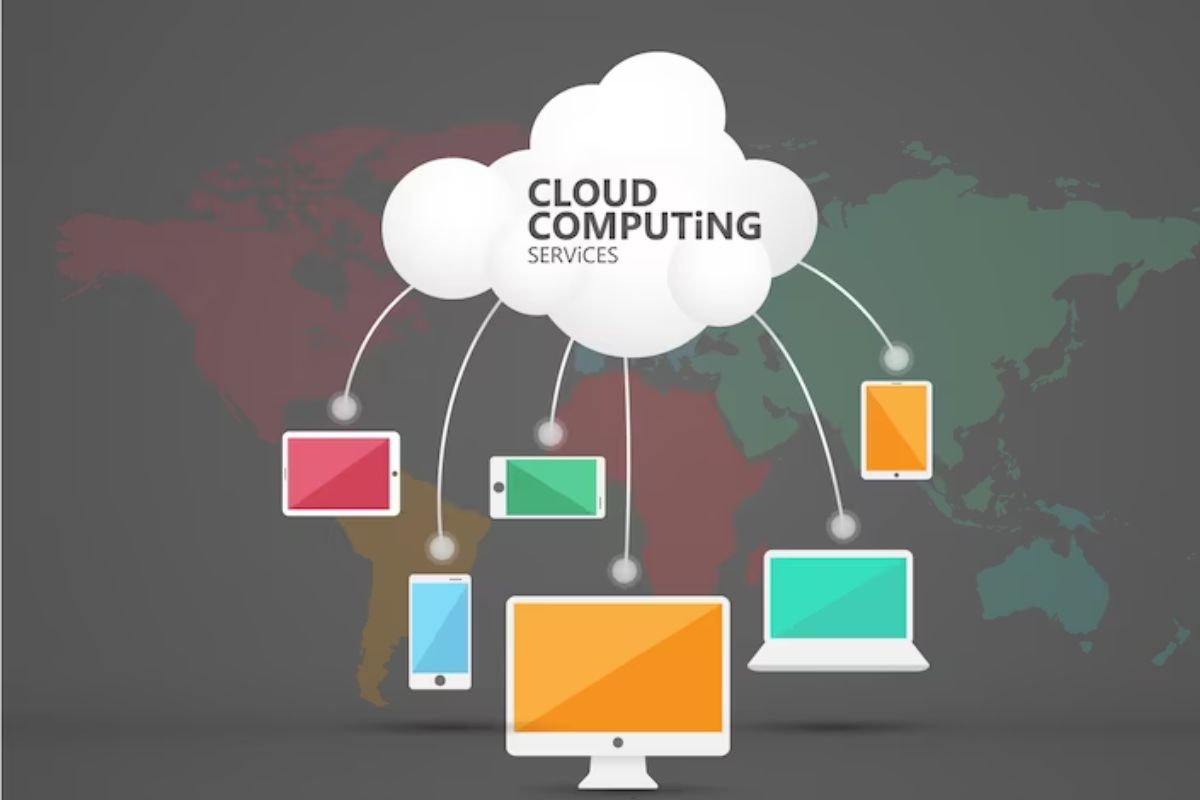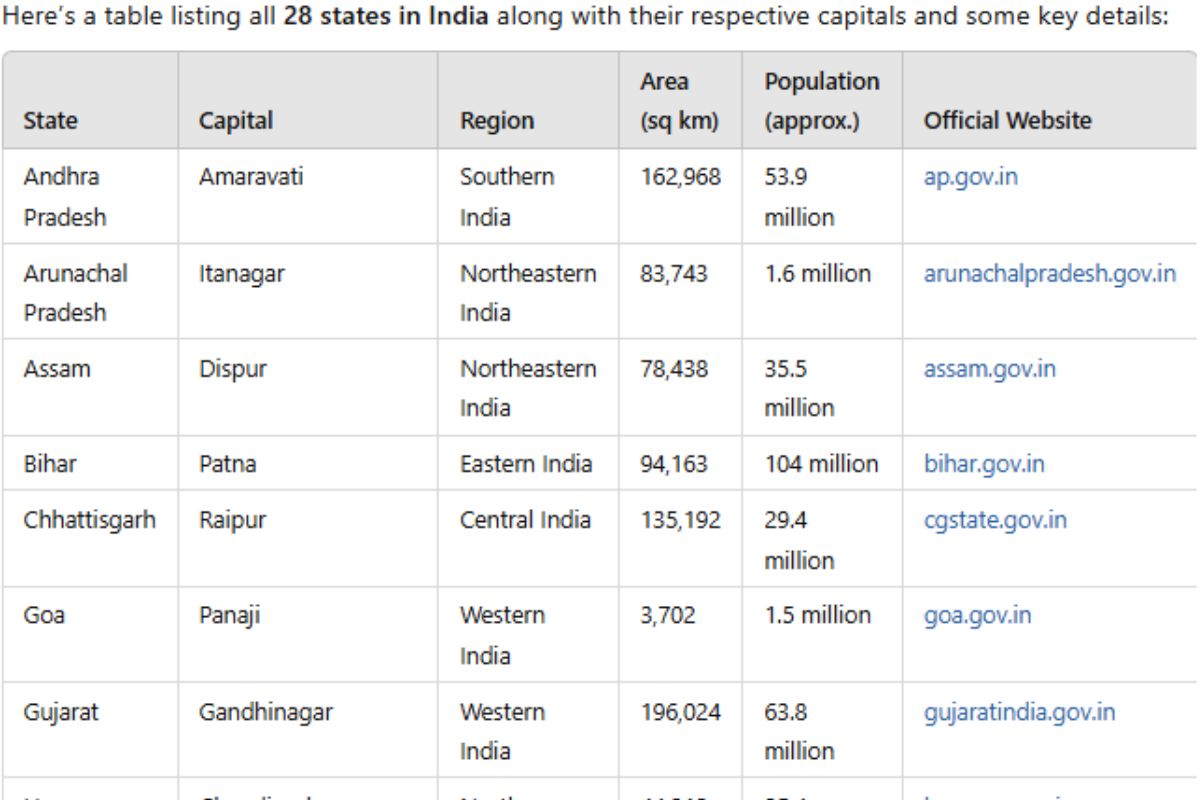What Is The Cloud In Computer: Definition,Benefits In 2024
Introduction
In today’s fast-paced digital world, we often hear the term “cloud” thrown around when discussing technology. But what exactly is “the cloud” in the realm of computers? Is it a physical entity floating above our heads, or is it something more intricate? Let’s dive into the depths of this concept and uncover the magic that powers modern computing through the cloud.
Understanding the Cloud: Defining the Enigma
Defining Cloud Computing
At its core, cloud computing refers to the delivery of various computing services, such as storage, processing power, databases, networking, and software, over the internet. Rather than relying solely on local servers or individual computers, these services are hosted on remote servers maintained by third-party providers. There are many different types of cloud computing we will talk later on this topic.
Components of the Cloud
- Infrastructure as a Service (IaaS): This involves the provisioning of virtualized computing resources over the internet. Users can rent virtual machines, storage, and networking components without the need for physical hardware.
- Platform as a Service (PaaS): PaaS offers a platform and environment that allows developers to build, deploy, and manage applications without concerning themselves with the underlying infrastructure.
- Software as a Service (SaaS): SaaS provides ready-to-use software applications that are accessible over the internet. Users can access these applications without installing them on their local devices.
How the Cloud Works: Unveiling the Mechanics
Remote Data Centers
One of the pillars of cloud computing is virtualization, a technology that allows a single physical server to host multiple virtual machines. This optimizes resource utilization and enhances scalability.
Virtualization
Behind the curtain, cloud computing relies on vast data centers housing countless servers. These servers work in tandem to provide the services users require. Data is securely stored and processed across these servers, ensuring reliability and redundancy.
On-Demand Access
The cloud offers the unique advantage of on-demand access. Users can tap into these services as needed, without worrying about the physical constraints of their local devices.
Benefits of Embracing Cloud Computing: The Silver Lining
Scalability and Flexibility
Cloud services are highly scalable, allowing users to seamlessly expand or contract resources based on their needs. This is especially valuable for businesses experiencing variable workloads.
Cost-Efficiency
By eliminating the need for extensive physical infrastructure and maintenance, cloud computing helps businesses save on upfront costs.
Global Accessibility
Cloud services are accessible from anywhere with an internet connection, promoting collaboration and remote work.
Automatic Updates and Maintenance
Service providers handle updates, security patches, and maintenance, ensuring that users always have access to the latest features and security measures.
Security and Concerns: Navigating the Cloudscape
Data Security
While cloud providers invest heavily in security measures, the responsibility of data security remains shared between the provider and the user. Encryption, access controls, and regular audits are essential components of a secure cloud environment.
Data Privacy
Data privacy concerns, including compliance with regulations like GDPR, must be carefully addressed when utilizing cloud services.
Conclusion: A Sky Full of Possibilities
The cloud has revolutionized the way we compute, store data, and collaborate. It’s a virtual realm where resources are abundant, accessibility is global, and innovation knows no bounds. By understanding the mechanics and benefits of cloud computing, we can harness its power to propel us into a future where technology reaches new heights, all from the comfort of our digital cloud-covered sky.
Also Read More
- 25 Bedtime Stories For Adults In 2023
- Computer Science vs Computer Engineering
- The Fairytale of New York-2023
- How To Take SS(screen shot) in windows 11 In 2023
- How To Take SS(screen shot) In Apple MacBook In 2023?
- How to Navigate to the Closest Grocery Store In 2023
- 51 YouTube to MP3 converter online
- Met Gala 2023 :Celebrities, Red Carpet, Theme & More
- What Is the Meaning of KPI? A Comprehensive Guide
- How to Delete a Blank Page from Word: A Step-by-Step Guide







Pingback: 100 Unique Instagram Username Ideas For Your Instagram
Pingback: What Is The Computer Network And It's Types
Pingback: Different Types of Cloud Computing With Advantages & Challenges